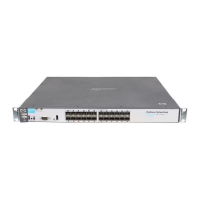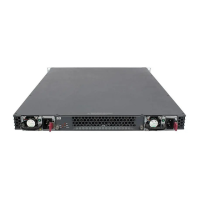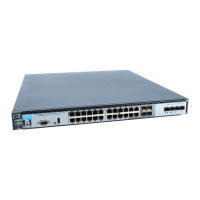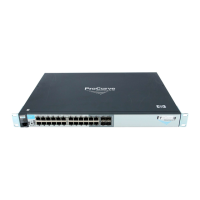Using Authorized IP Managers
Web: Configuring IP Authorized Managers
Web: Configuring IP Authorized
Managers
In the web browser interface you can configure IP Authorized Managers as
described below.
To Add, Modify, or Delete an IP Authorized Manager address:
1. Click on the Security tab.
2. Click on [Authorized Addresses].
3. Enter the appropriate parameter settings for the operation you want.
4. Click on [Add], [Replace], or [Delete] to implement the configuration change.
For web-based help on how to use the web browser interface screen, click on
the
[?] button provided on the web browser screen.
Building IP Masks
The IP Mask parameter controls how the switch uses an Authorized Manager
IP value to recognize the IP addresses of authorized manager stations on your
network.
Configuring One Station Per Authorized Manager IP
Entry
This is the easiest way to apply a mask. If you have ten or fewer management
and/or operator stations, you can configure them by adding the address of
each to the Authorized Manager IP list with 255.255.255.255 for the correspond-
ing mask. For example, as shown in figure
12-3 on page 12-7, if you configure
an IP address of 10.28.227.125 with an IP mask of 255.255.255.255, only a station
having an IP address of 10.28.227.125 has management access to the switch.
Figure 12-5. Analysis of IP Mask for Single-Station Entries
1st
Octet
2nd
Octet
3rd
Octet
4th
Octet
Manager-Level or Operator-Level Device Access
IP Mask 255 255 255 255 The “255” in each octet of the mask specifies that only the exact value in
Authorized 10 28 227 125
that octet of the corresponding IP address is allowed. This mask allows
Manager IP
management access only to a station having an IP address of 10.33.248.5.
12-9

